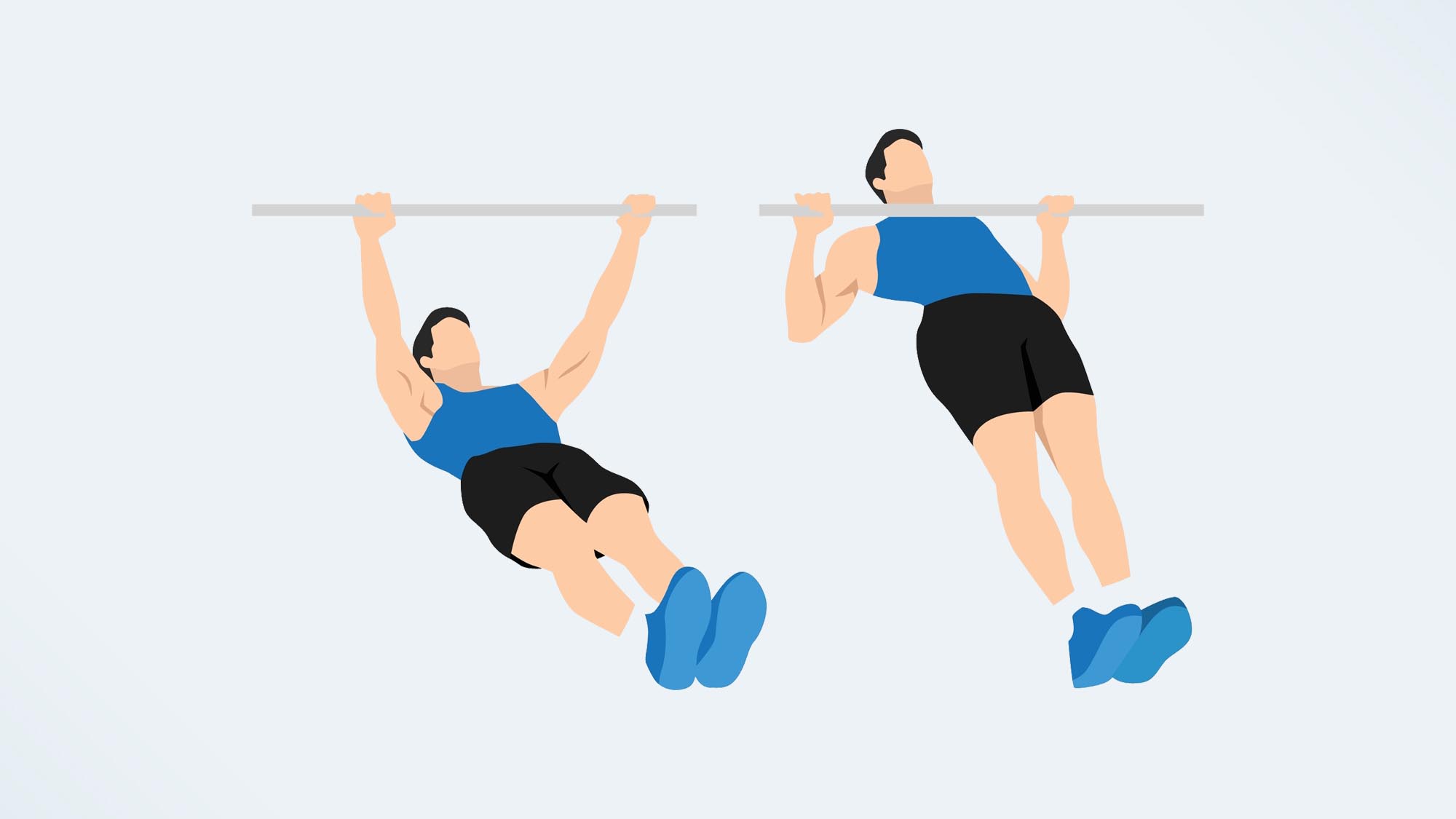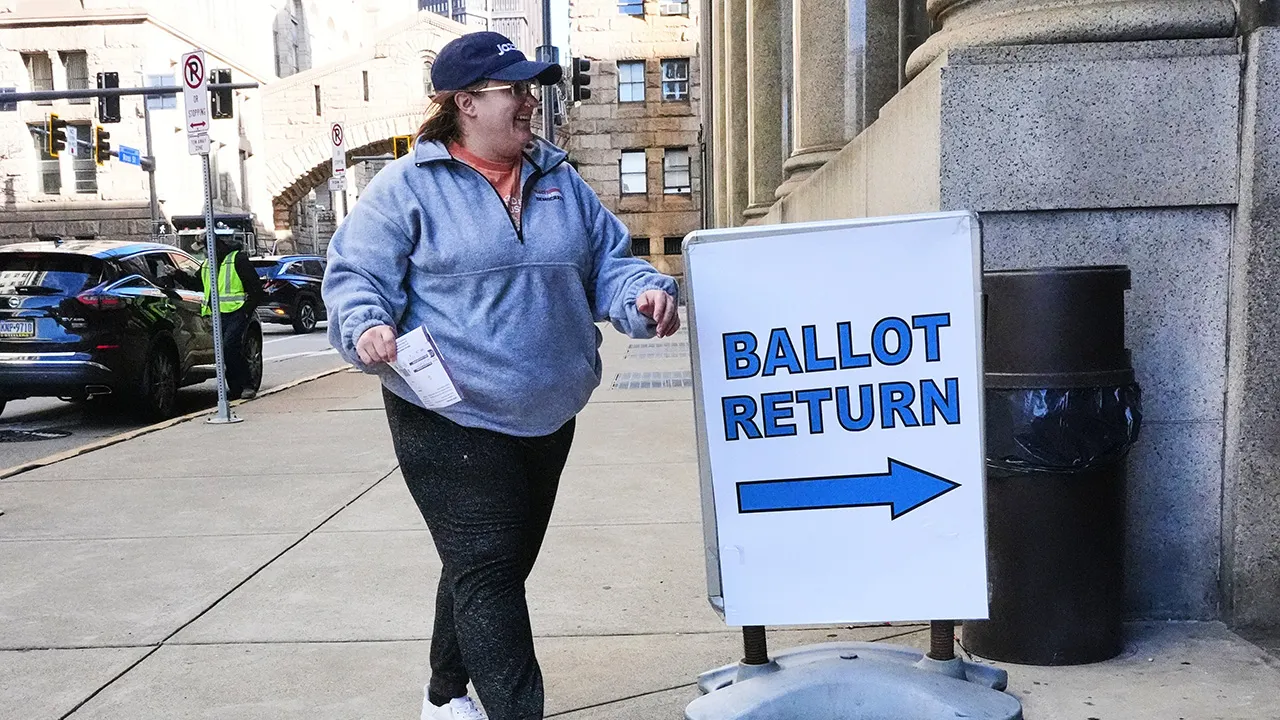Let’s face it: Running on the treadmill just isn’t the same as running at your favorite park. And, as the chilly winter months drag on, you might be on the fence about moving your workout inside or braving the elements. Experts say you don’t have to—not necessarily.
Exercise is a stressor on the body, so getting active in the cold is “a double whammy” to your system because you’re adding the challenge of keeping yourself warm, says Alexander Rothstein, PhD, an exercise physiologist at New York Institute of Technology. This isn’t a bad or a good thing; it just means that your workout is asking more of your body, and it might feel like it too.
Embracing the cold is all the rage for a reason. (Think: cryotherapy like cold plunges, ice baths, and using an ice pack when you need one.) Cold causes your blood to move rapidly to the important parts of your body like your heart and core, reducing swelling and inflammation quickly, says Asad Siddiqi, MD, a sports medicine physician at NewYork-Presbyterian Brooklyn Methodist Hospital. Beyond that, some cold-lovers say that exposure to icy temps boosts their mental health (and one 2023 study in Biology would agree; it found that participants subjected to cold-water immersion felt more active, alert, and inspired).
Experts say a cold workout is a far cry from cryotherapy. But getting outside for a winter workout can make you stronger.
Here’s what you need to know about staying working out safely in the cold, and why you might want to, according to experts.
Meet the experts: Alexander Rothstein, CSCS, ACSM-EP, is an exercise physiologist and instructor for the Exercise Science program at New York Institute of Technology. Asad Siddiqi, MD, is a sports medicine physician and chief of the Department of Rehabilitation Medicine at NewYork-Presbyterian Brooklyn Methodist Hospital.
Working out in the cold has its benefits.
You might feel super unmotivated to get outside in frigid temps, but there’s always a silver lining. Since working out gets your blood pumping and your internal temperature raised, a cooler environment (within reason) might make your sweat sesh feel better and sustainable for a longer period of time. For example, temperatures closer to 45 to 55 degrees is ideal for running a race, even though 70 to 80 degrees is more comfortable for, say, a picnic or beach day, says Rothstein.
One more, albeit niche, benefit is that working out in cold water burns more calories compared to warmer water, adds Rothstein. This definitely doesn’t mean that you should get out into open-water when it’s frigid, but an unheated pool might help amp up the burn of a workout. Cold air doesn’t quite have the same effect, though.
You might have a tough time tolerating the cold at first, the more time you spend out there, the easier it gets. In fact, if you devote just 11 minutes per week to deliberate cold exposure, your body will start to make adaptations that’ll keep you more comfortable next time, says Dr. Siddiqi.
But it also requires the right precautions.
Working out in the cold comes with some risks, too. There are the big ones like hypothermia and frostbite—which aren’t common, especially if you are wearing the right gear—and smaller concerns like your reflexes not being as quick, says Dr. Siddiqi.
The best way to address most cold-related concerns is to dress appropriately, he says. You’re going to want to limit the amount of skin exposed, wear thermal garments, and have the appropriate footwear for the terrain.
Cold sometimes brings ice, snow, or other uneven or slippery surfaces, and having the right shoes can go a long way to keep you safe. Also make sure that you’re wearing activity-specific clothing, adds Rothstein. For cyclers, this might mean wearing wind gear and for skiers it might mean water-resistent top layers.
Pro tip: When dressing for a cold-weather workout, opt for many light layers that you can shed as you inevitably warm up, says Rothstein. If you feel like you’re overheating, take off a layer, but don’t set out underdressed and assume you’ll warm up.
Some people—regardless of attire—should be extra careful in the cold, or skip working out in it entirely. Those with cardiac conditions like arrhythmias, a history of heart attacks, hyperventilation, or irregular heartbeats should be mindful about shocks of cold like cold plunges, says Dr. Siddiqi, as should those with neurologic or vascular conditions. Plus, those with asthma might see their conditions exacerbated in chilly temperatures.
Also, keep in mind that if you plan to exercise in the cold, you might not be able to go as hard out of the gate. Dr. Siddiqi recommends following a gradual exposure to the elements and starting with 50 percent of what you’d normally do. Another important reminder: Make sure you do a warm up. Do something light and dynamic to break a sweat and get your blood pumping before you head out the door, he says.
When out in the cold, make sure you’re checking in with yourself and aware of how your body is feeling, says Dr. Siddiqi. It’s okay to be out in temps that feel a little uncomfortable, but not ones that feel unsafe. Remember to tell a friend you’re going out, and don’t stay outside for too long—which is whenever you start to get that urge to get inside.
Gear That Keeps You Warm
lululemon Fast and Free Fleece Running Gloves
I wear these Lululemon gloves on every run these days to get me through the chilly NYC winters. They’re lightweight yet super warm and I can easily work my phone or smart watch with them on.
Nike Therma-FIT One High-Waisted 7/8 Leggings
Temps get to a point where regular leggings just won’t cut it. These cold-weather leggings from Nike will keep you warm when you take your workouts outside. (Plus, they have pockets.)
Turtle Fur Classic Fleece Double-Layer Neck Warmer
It’s a classic for a reason. Turtle Fur’s fleece neck gaiters are soft, keep you warm, and come in a bunch of different colors.
Best Cold-Weather Outdoor Workouts
The best kind of workouts to do in the cold are ones that keep you moving and producing heat, says Rothstein. This could mean any number of aerobic activities like going on a run, a walk, or a bike ride. Again, just be mindful about snow, water, or ice that could lead to slips, falls, or crashes—in that case, it’s probably best to move your workout inside. Meanwhile, activities like skiing, snowboarding, and snowshoeing are all forms of exercise meant to be done in the snow.
If you need a little help making it through a cold-weather workout, you could also prioritize doing something communal like going to a run club, says Dr. Siddiqi. This will keep you distracted from the freezing temps.
Best Workouts For When It’s Too Cold
There does come a point when it’s just too cold out, meaning you need to move your workout indoors.
Try these inside-friendly workouts:
If you’re an outdoor exerciser waiting for warmer days, pick an indoor workout that’s complimentary to your sport of choice, says Dr. Siddiqi.

Olivia Luppino is an editorial assistant at Women’s Health. She spends most of her time interviewing expert sources about the latest fitness trends, nutrition tips, and practical advice for living a healthier life. Olivia previously wrote for New York Magazine’s The Cut, PS (formerly POPSUGAR), and Salon, where she also did on-camera interviews with celebrity guests. She’s currently training for her first half marathon, inspired by her many colleagues at WH who have run one.





































